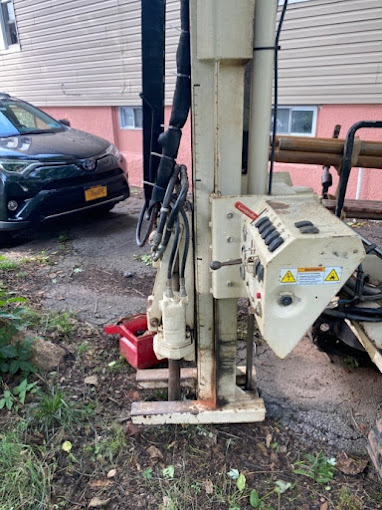Soil remediation is a crucial process for cleaning up contaminated land and restoring it to a healthier state. It involves a range of techniques designed to remove or neutralize pollutants, which can have significant benefits for both property value and environmental health. Here’s how soil remediation can make a difference:
Enhancing Property Value
Increased Market Appeal: Contaminated soil can severely impact property value. By investing in soil remediation, you address these issues, making the property more attractive to potential buyers. Clean land is often viewed as more desirable, increasing the likelihood of a successful sale.
Compliance and Safety: Many buyers and lenders are wary of properties with potential environmental liabilities. Remediating the soil ensures compliance with environmental regulations, which can be a key selling point. It also mitigates future legal risks associated with soil contamination.
Future-Proofing: Properties with clean, remediated soil are better equipped to handle future environmental concerns. This forward-thinking approach can enhance long-term value, making the property a more resilient investment.
Improving Environmental Health
Restoring Ecosystems: Contaminated soil can disrupt local ecosystems, affecting plants, animals, and water sources. Soil remediation helps restore natural balance by removing pollutants and reintroducing healthy microorganisms, which can revitalize local flora and fauna.
Protecting Human Health: Soil contamination can pose health risks, such as exposure to harmful chemicals or pathogens. By cleaning up the soil, remediation reduces these risks, contributing to a safer environment for residents and workers.
Preventing Pollution Spread: Remediating soil prevents the further spread of contaminants to surrounding areas, including groundwater. This proactive approach helps protect broader environmental systems from the harmful effects of pollution.
Choosing the Right Remediation Approach
Assessment and Planning: Effective soil remediation starts with a thorough assessment of the contamination. This includes identifying the pollutants, their concentrations, and their impact. Based on this assessment, a tailored remediation plan can be developed.
Techniques and Technologies: Various techniques can be used for soil remediation, including bioremediation, soil washing, and thermal desorption. Each method has its advantages depending on the type of contamination and site conditions. Consulting with environmental experts can help select the most appropriate approach.
Long-Term Monitoring: After remediation, ongoing monitoring is essential to ensure the soil remains clean and healthy. Regular checks can help identify any residual contamination and prevent future issues.
Conclusion
Soil remediation is a powerful tool for enhancing property value and promoting environmental health. By addressing contamination and restoring soil quality, you not only improve the market appeal of your property but also contribute to a healthier ecosystem and safer living conditions. Investing in soil remediation is an investment in the future, ensuring that your property and the surrounding environment thrive. By choosing Simple Tank Services, you’re investing in a cleaner, more sustainable future for your property and the environment.

